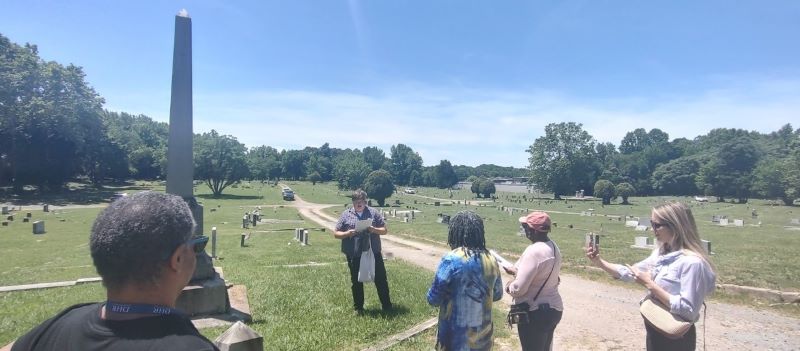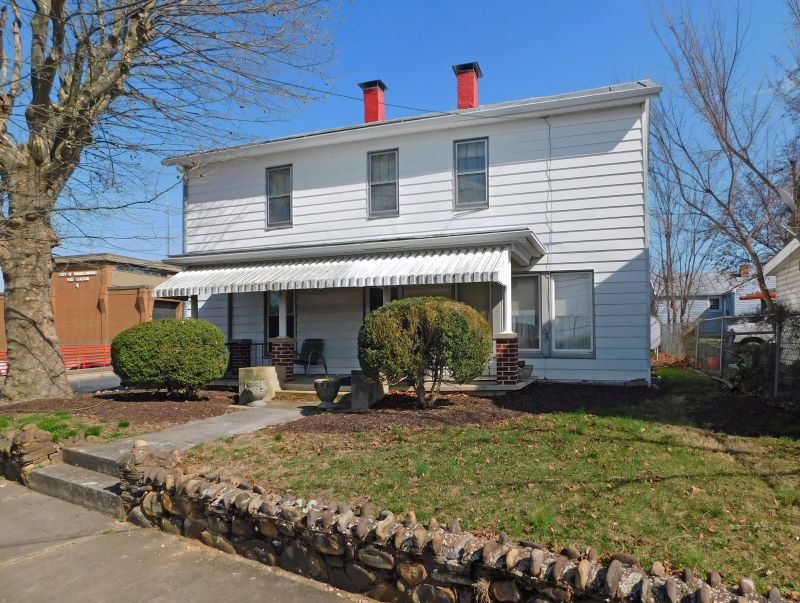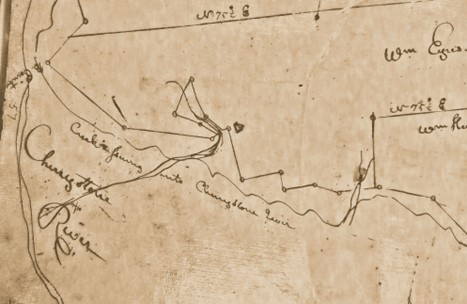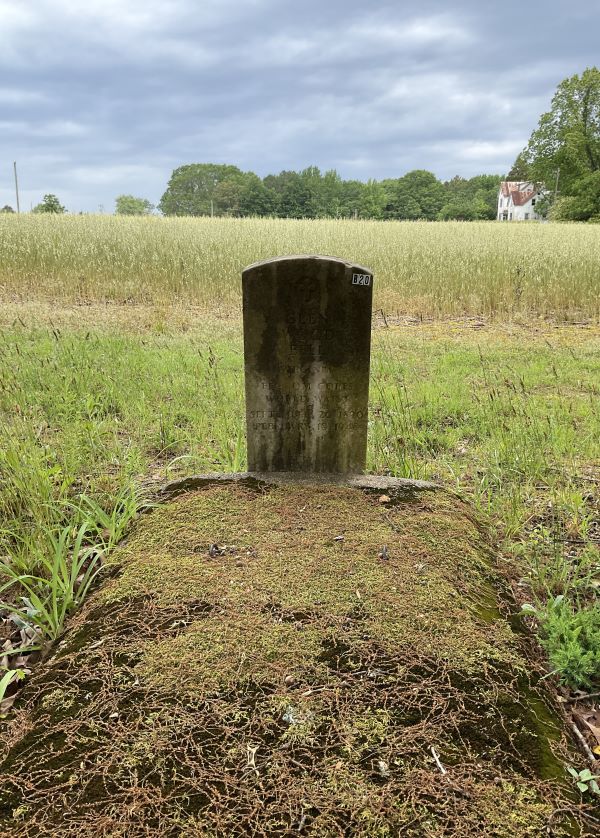Historic Preservation at the Federal and State Levels: Review and Compliance

DHR’s Review and Compliance Division evaluates federal and state projects that may impact historic and cultural resources before providing recommendations for protecting and preserving these resources. Read on to learn more about this integral team in Virginia’s state historic preservation office.
By Roger Kirchen | DHR Review and Compliance Division Director
DHR’s Review and Compliance Division (RCD) plays a key role in the stewardship of Virginia’s historic resources. Reviewing nearly 2,500 state and federal projects annually, RCD works with public and private partners to identify and evaluate historic properties as well as to assess the potential impacts of government actions on significant archaeological and architectural resources. RCD’s staff of six reviewers strives to balance programmatic project needs with preservation goals to reach outcomes that maximize public benefit.
Section 106 of the National Historic Preservation Act of 1966 directs federal agencies to take into account the effects of their undertakings on historic properties eligible for listing in the National Register of Historic Places, and to do so with input from the State Historic Preservation Office (which in Virginia is DHR), Indian tribes, other stakeholders, and the public. Section 106 review does not require the preservation of historic properties, but rather sets forth a consultative framework for federal decision-making that seeks to avoid, minimize, or otherwise mitigate adverse effects to significant resources. DHR’s RCD advises federal agencies on their efforts to satisfy Section 106, but it has no regulatory authority to require specific outcomes.
For state projects, there are several provisions of state code that direct state agencies to consult with RCD in a manner similar to Section 106 for federal projects. Major state projects, initiatives that may physically impact a registered Virginia Landmark, and the demolition or sale of state property must be coordinated with DHR. The prevalence of new small renewable energy projects and demand for new electric transmission infrastructure in Virginia has resulted in a steep increase of state reviews for RCD but have led to some positive preservation outcomes. RCD is responsible for preparing for the Virginia General Assembly a biennial Report on the Stewardship and Status of Virginia’s State-Owned Historic Properties, which acts as a report card on state efforts to care for its historic resources. RCD will be submitting its assessments in the next report in May 2025.
Overall, DHR’s Review and Compliance Division reflects the interests of the Commonwealth and its citizens in the preservation of their collective cultural heritage. Working closely with agencies and stakeholders to find middle ground between competing goals, RCD will continue to guide the Commonwealth’s path forward while keeping an eye on its illustrious past.











